|
Updated June 5th, 2016 So back in December, while I was in the middle of doing Airacha's Van Gogh colored hair, I had an idea. I wondered how hard it would be to actually paint Starry Night - the painting - onto some hair. I thought it might be fun to try painting on hair instead of a canvas (for everyone needing a reason why I do anything). So the next day, I started working on painting it onto a hair weft (a thin slice of hair like that used for certain types of extensions) to see if I could work something out. The original weft I started on was too thick, and I realized I needed a thinner weft, so I purchased one. Then I got distracted by the idea of doing other paintings on the thinner hair, and I neglected my Starry Night project in favor of trying out The Scream, by Edvard Munch and La Reve, by Picasso. And they actually came out...pretty okay. And it was surprisingly fun to do; I started to really enjoy myself once I worked out a few kinks. I wanted to keep going, but got sidetracked by other stuff happening for a little bit. When the Fine Art series went viral, there were more than a few commenters who responded to poorly worded headlines on the subject with statements like, "I thought I was going to see actual artwork on the hair" or "These are just the colors from the paintings, not the ACTUAL paintings" (yeah, no duh, but I'm not the one who wrote the headlines suggesting otherwise, am I?). I wanted to point out that I was actually working on exactly what they were complaining about, but figured I ought to do a few more before I put them out. Plus, who cares about what gripey commenters want? I also wasn't sure how well they'd turn out, and didn't want to promise something I couldn't deliver. So I continued playing around with the idea, discovering that it was a bit trickier than I originally thought. I spent a lot of time looking through art books and thinking about what sorts of things I like to paint, trying to decide what would be the most fun and interesting to do. *Side note: I don't think my own original art is terribly interesting to anyone but me, and my best skill set lies in realism/photorealism - which basically means I'm good at copying things. So that's why I felt like it was more fun and interesting to reproduce other artists' stuff. My own art is mostly for me or people I'm very close to. No, I don't do commissions. No, I don't sell my own art. If you get art from me, it's because it burst out of my brain specifically for you and I wanted you to have it. Which is also why I don't have a thriving career as an artist. When I mentioned to a friend that I was considering a Kandinsky reproduction, he thought I was being too ambitious. So then of course I HAD to do it. Then he suggested that I do a Rothko, since he was a fan, and so I encouraged him to pick one out for me to do. And then it just kind of kept moving forward. So now I have completed several, and am working on a couple more, and have ideas for a few more that I haven't started yet. I think I'll work on them till I get bored. I honestly haven't painted this much in years, and it feels good to be productive, even if it's on a silly project like this one. I've also learned a lot about each artist and their style in the process of doing the paintings, and that has been a cool and unexpected side effect; I feel more appreciative of their work and process now. Some of the pieces I tried to copy as closely as possible, some I took some creative liberties with. For instance, it wasn't practical for me to place all the red dots on the Lichtenstein(?) as close together as they are in the original, as the red dye would have likely bled all over the damn place and it would have looked sloppy. And I started "Starry Night" from memory, as I've painted it numerous times, and so the composition is off a bit, although I ultimately corrected a lot of it. Some of the pieces I did a very basic sketch or outline and then worked from that, but for a couple, like the Kandinsky, I did my own full reproduction on paper first and then used that to work from. I used actual hair color; mostly direct dyes but I did use permanent colors a few times for specific effects. I used multiple lines, including Manic Panic, Kenra, Joico, Redken, Rusk, Pravana, Ion, Adore, and Arctic Fox. I typically watered them down a little, and then applied them to blonde hair with a paintbrush (mostly sable, like the same ones you use for painting anything else). I freehand them - no projectors and NO STENCILS. I lay a drawn or painted mock up underneath to sort of "trace" it - but like I state above, I've drawn or painted the mockup myself. That's it. That's my process. 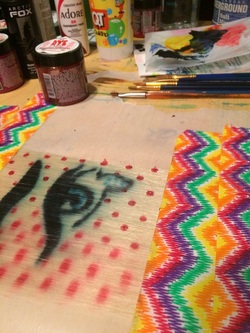 My work area. I hijacked my son's desk behind the couch. This annoyed him to no end, as it seriously interfered with his Minecraft gaming and poisonous snake research. In this case, I thought I was working on a Lichtenstein, but my research has not yielded whether or not this was actually one of his pieces. Regardless, I finished it anyway and liked the outcome. Does anyone know the original source for this? If so, you might mention it in the comments and post a link to your source, please and thank you. 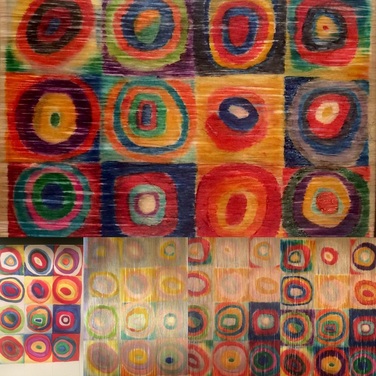 The very bottom left photo is the (sideways) watercolor reproduction I did of Wassily Kandinsky's Color Study: Squares with Concentric Circles, and I used that as my template for the hair, of which the top photo is the final product. It wasn't as easy to paint as I had initially predicted, and I ended up having to plan it a bit more than I thought I would. I REALLY liked how this one came out. I feel tempted to do my own similar color studies because this one was fun to do.
But I decided to give it another chance and work on it just a little more, and then get some pictures to see how it looked on camera. I asked Tessa to model it for me, since we had just colored her hair in roughly the same colors a couple weeks prior. I didn't realize her reds would fade to PERFECT oranges, and that the steely color we had added at the roots and tips would match the discordant tones of the painting's color palette so well. Once her hair was styled with the piece in, I started to really love it. I still love it. I think it's totally my favorite. Here's another pic because I just love it so much. UGH. This damn thing. This one was really hard. But I love Van Gogh - LOVE HIM - so I had to do it. FIRST OF ALL, obviously, Van Gogh's painting style is a real pain in the ass to do on hair. I still don't feel 100% satisfied with it, and I may keep playing around with this thing. I probably painted and repainted the sky maybe 4 times? It's a lot like watercolors, where you have to utilize the white of the paper (or in this case, the hair), for lighter colors and whites. There's no "white" hair color, technically. Like, if I color a spot blue and then decide oh crap, that should have been white (or light blue, or yellow, or any color lighter than blue), I can't just go over it with light blue or white or yellow hair color like you could with, say, acrylic paints. So it takes a lot of careful planning and you have to sort of start from light to dark, gradually filling in darker areas with color and just...not really touching the lighter areas, or being very, very careful with them and working around them, the way you would with watercolors. Second, I will probably also get other photos; this one was the first one I put in hair, and I honestly had no idea where to start or what to do with it - I was just sort of winging it. I've since straightened out and cleaned up that bottom edge, now I just have to...I dunno. Something. So. We will call this one a work in Progress.
So of course I had to do a Warhol. I love his Marilyn portraits, and this one kicked my butt. Her face was very difficult - the individual parts of it were so small and detailed that I was not able to reproduce them as well as I would like, and so she's not quite perfect. I also did it a bit like Warhol would have - I did each color in its own respective section, like you would for screen printing, and then ultimately went back over it with black to fill in. And then it matched my neon rainbow extensions really well, so that's what I modeled it with. If you wanna see the originator of the Faces in the Hair idea, check out DJ Victory's website at djvictory.me. She also has had some other amazingly innovative ideas, like stained glass hair and tie dyed hair, plus, she is a super sweet and genuinely nice person. I've got a few more I'm working on, and a few more I'd like to do. So I will update this post with new developments as they happen. Also, thank you to my models - Shelby, Katie, and Tessa. They are all existing clients of mine, and generously donated their time and hair for this project simply to indulge me, and also because they are awesome friends. I'd have no career to speak of without them! Update:
For something a little different, I decided to give Banksy a shot. I tend to really like most of his stuff, but the bigger challenge here, for me anyway, was the simplicity. I wanted to see if I could make it work without having to fall back on color to make it eye catching. Being such a detail junkie who easily and happily will overwork everything, this presented a unique issue for me: it only took a few minutes to paint, and then it was done. My brain didn't know what to do with that, and I hemmed and hawed about it at my desk after it was completed, wondering if it needed "more". It took a tremendous amount of self-restraint for me to stop here, but I'm glad I did - I think it makes a pretty good impact as-is. Plus, it got me another nomination in the Behind the Chair magazine one shot awards, so that's cool. 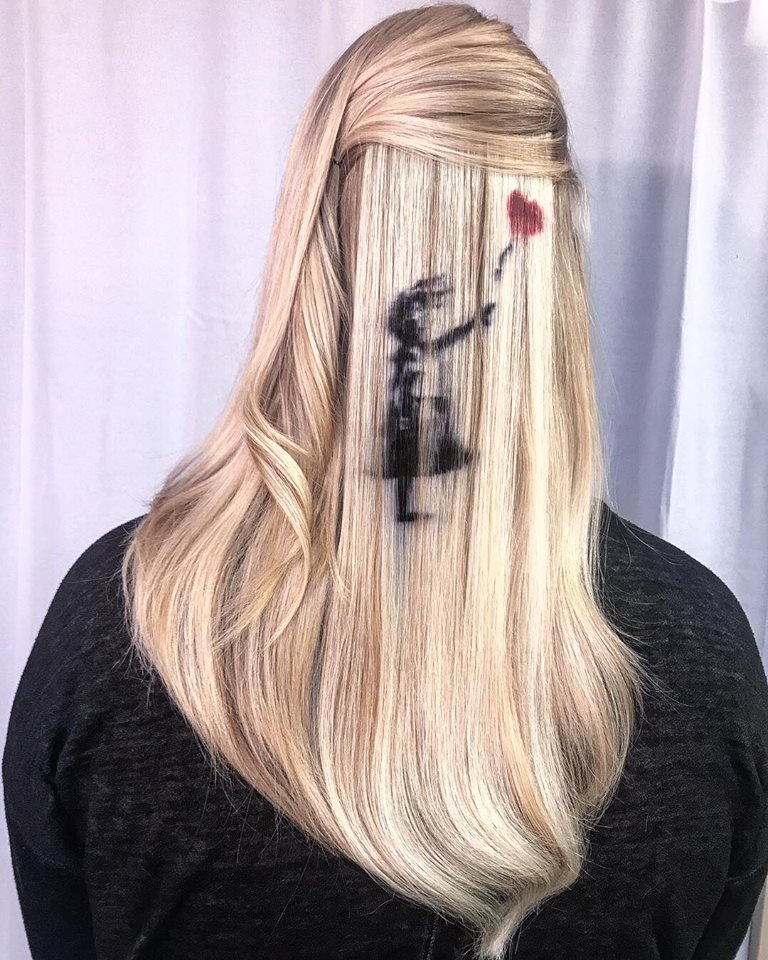
12 Comments
I had originally posted this in February, then pulled it once it went viral in order to put the brakes on things and feel in control of my life and my content again. Now that things are back to being pretty dead, here it is. I feel like I can handle things now a little better, regardless of what happens. So here's some stuff, with the original commentary. I often get asked where I went to hair school, and what sort of cosmetology education background I have. The answer is probably disappointing for most people - I went to a community college Cosmo program and have almost no other training outside of that. However, I have done art since I was 5, first developing hand skills as a sketcher, and then expanding those skills into color by working with acrylics, tempera, and especially water colors. I tend to color hair much the same way I color a canvas, using the same sorts of color application techniques and identical color theory. So in honor of my art background being so useful, I thought I'd do a Fine Art series, similar in concept to the Starry Night/hair presentation I recently did. Today, I'm sharing the work of Norwegian artist Edvard Munch. His work tends to fall under the Symbolism category, and this is his most well known painting, "The Scream", which has a bit of an unusual color palette, which I think contributes to the emotional discord of the image. I tend to very strongly agree with Munch's art philosophy: "I do not believe in the art which is not the compulsive result of Man's urge to open his heart." Many things I make simply because they are pretty, but my favorite pieces force themselves out of me in surges of emotional energy. Without art, I think I'd be far more dysfunctional, as I would struggle to express myself in other ways. Next in the Fine Art series is Girl With a Pearl Earring, by Dutch painter Johannes Vermeer. What is interesting about this color palette, along with many other Vermeer works, is his almost grandiose use of the blue tone (probably ultramarine), which was unusual at the time for artists, as it was a VERY expensive pigment, and Vermeer was not known to have made a lot of money in his lifetime. This pop of color against the warmer brown tones of the rest of the canvas give the painting a sense of newness, contrasted with the duller tones of most other paintings in the 17th century. It's also an excellent study in light and shadow, which Vermeer had an uncanny ability to recreate (it's been suggested that he may have had some help on that with camera obscuras or similar optics). If you want to see some of the earliest works of photorealism, look into some more of Vermeer's work, particularly "The Art of Painting" and "The Astronomer". Fine Art Series: Andy Warhol may be the most iconic artist of the 20th century. He was fascinated with fame and Hollywood, and is most well known for his silk screen portraits of celebrities, although he also dabbled in other mediums, like film and music, and wrote two books and had his own magazine. His numerous renditions of Marilyn Monroe in various combinations of bright colors may be almost as famous as Marilyn herself, and his background as an illustrator shows in his "as-is" style, where he did not correct smudges or mistakes in his prints, believing that mistakes could be better than perfection. He was sometimes accused of being superficial in his art, but likely didn't mind such a designation, even admitting at one point that he loved how "plastic" Hollywood is, and that he even wished to be plastic himself. He blurred the line between art and consumerism, creating much of his art with the help of assistants on a production line, not unlike that of other commodities, and even named his studio "The Factory". What do you guys think - is it art if it's still mass produced and filled with "mistakes"? Or do the mistakes contribute to the uniqueness of each piece enough that they all qualify as "real" art? Is a print of a Campbell's soup can art? Is art defined by the skill or time involved, or by the image itself, or both? These are some of the sorts the questions that Warhol's work generated, and they are still relevant today. Fine Art Series: This is the famous "Birth of Venus", by Boticelli. This painting is enormous - 6 by 9 feet - and has some interesting history behind it. First off, it was painted in the early Renaissance period (1480's), and it's one of the first serious works ever done on canvas (in tempera, which is egg based paint), as wood panels had been the preferred surface before. More interestingly, it also depicts a fully nude woman who is NOT affiliated with Christianity, which was considered somewhat scandalous at the time. This was probably a reflection of the growing interest in humanism and the re-emergence of mythology in art at the time. However, Boticelli himself is said to have had a nervous breakdown due to his guilt in painting "pagan" works after a fanatical friar briefly gained power in Florence, Italy. The friar, named Savanarola, criticized and condemned "vanity" items like jewelry, books, mirrors, and frivolous art, and even had an event called "The Burning of the Vanities", where an enormous pile of such items was set on fire in the town square! How Boticelli's painting escaped its demise in this event is not known, but his work took a decidedly more spiritual, Christian turn afterwards. This brings to mind questions about censorship - what do you guys think? Should some art be censored? Is some art inappropriate? If so, who gets to decide, and what should be done with inappropriate art? How does this incident compare with more recent censorship situations? Fine Art series: The Kiss, by Austrian Symbolist Gustav Klimt. Perhaps one of my favorite paintings, this work is characteristic of Klimt's gold period, where he did many paintings adorned with gold leaf and warm tones. Klimt's artistic career is a great example of failure being followed by immense success. More than a decade before this painting was done, Klimt received a serious blow to his artistic reputation. He had been commissioned to make three paintings for the University of Vienna. He spent several years on them, but they were not only rejected by the university, but also very heavily criticized for being "pornographic". (Check them out to see for yourself - they are titled "Philosophy", "Medicine", and "Jurisprudence", and were ultimately destroyed by Nazis during WWII. I happen to think they are quite beautiful, and visually interesting, and think it is shameful they were rejected.) Soon after, Klimt spent some time in Italy, which exposed him to Byzantine mosaics that likely heavily influenced his use of gold leaf in future works. This style is what ultimately gave him critical praise which then allowed him to become highly selective about the commissions he took, leading to a very financially comfortable life. His work now fetches some of the highest prices in the art world. I like this story because it highlights that success is often a long road, occasionally punctuated by enormous failure or loss. If you are looking to achieve anything, on any level, then it seems that the absolute best strategy is to simply persist. Keep going. Keep trying. Do you agree? When you look back on your life, do you feel that your failures were necessary stops on the way? Fine Art Series: This is one of many water lilies paintings that Claude Monet painted. Monet is the most famous of the Impressionist artists, who sought to focus on light and movement, often at the expense of form. Initially not well received, the term "Impressionism" was borrowed from a derogatory review by an art critic. However, it ultimately created the inertia that moved art into the modern period, freeing up a multitude of future artists to use freer and looser styles. Monet himself, however, struggled to internalize the influence of his work, battling depression and feelings of failure his entire life, destroying as many as 500 hundred of his own paintings, and even attempting suicide at one point. This goes to illustrate that no matter our feelings about ourselves, we can still have an enormous ongoing influence in the world; perhaps in that sense, there is no such thing as failure. Fine Art Series: Red Canna Lily, by Georgia O'Keeffe, who may be the female artist most people are familiar with. This painting is in the style she is most well known for: large close-ups of individual flowers. However, O'Keeffe herself didn't appreciate the interpretations given these works - most attributed Freudian theories (popular at the time), which of course meant that many assumed these to be representations of female genitalia. Second wave feminists even went so far as to consider O'Keeffe a pioneer of "female iconography", but O'Keefe continued to insist that she had simply painted flowers, and refused to work with feminist groups on any projects, feeling as though her own ideas had been co-opted by other agendas. This encouraged a change in subject matter for her, although she still painted in a characteristic style, using oils but conveying a soft, blended feel more reminiscent of water colors. This change did not harm her career, and she continued to be held in high regard and acquired a moderate amount of fame throughout the course of her life. I think her story brings forth interesting questions about the relationship between art and the viewer: does the artist alone get to control what their art is about? Or does the audience get to have a say? Do we have to accept outside interpretations for art, even if the artist disagrees with them? Is it fair to tell an artist what they may be "subconsciously" conveying? This is one of the fears of putting oneself out there artistically: that you will be misunderstood, misrepresented, and perhaps even rejected - understood or otherwise. O'Keeffe's situation, then, clearly demonstrates the vulnerability of being an artist. Fine Art Series: Drowning Girl, and Pop Art Newsweek cover, by Roy Lichtenstein. Lichtenstein was a pop artist in the 60's, most well known for his not-quite-exact copies of actual comic book panels. There is still debate in the art world as to whether his work can be considered original, or if it's flat out plagiarism. Some insist that such "borrowing" would never fly in any other genre, especially music; that permission and credit must always be given in order to use someone's work. Further, Lichtenstein made enormous sums of money off of these works, while the original artists were often not paid well at all, and many regularly experienced financial hardships. Others say that Lichtenstein took what was considered "low art" at the time, and elevated it to fine art status, immortalizing work that many people would normally never see or appreciate. In fact, the comics industry at the time rarely gave artistic credit to its illustrators, and many comic artists even voluntarily declined having their name attached to their work, likely due to the stigma that it wasn't "real" art. There may even be merit to the argument that without Lichtenstein's work, the comic industry may never have evolved into its current massive (and appreciated) status. However, I think that could have happened even if Lichtenstein had given the original artists credit. What do you guys think - was Lichetenstein doing the comics industry enough of a favor that he didn't owe them any compensation or credit? Or should credit always be given regardless of the outcome? Fine Art Series: This is only one piece of a rather large body of work completed the last two years of Van Gogh's life, and Van Gogh himself was not impressed with it, never having any inkling that it would go on to become one of the most recognized pieces of art in Western history. He began it shortly after being admitted to the St. Rémy de Provence asylum, and it's largely composed of the view from his room, with the addition of a fictional village. Earlier in life, he had been very religious and had set out to become a pastor, but could never pass his exams and he struggled with his mental health continuously. He later abandoned religion, but still seemed to be searching for meaning and purpose, speculating that "hope is in the stars" - referencing the desire to experience an afterlife, perhaps in the stars or in another dimension. This desire stemmed from the fact that he had never been particularly happy, and suffered from depression, hallucinations, delusions, psychotic breaks, and a general inability to function, often trying to live and work on his own, but always failing, which would result in admittance to an asylum or going back to live with family or friends. He ultimately took his own life at age 37, dying from a self-inflicted gunshot wound that became infected. It could be argued that Van Gogh's mental illness fueled his creativity and made him a great artist, but even if that's true, his story is heartbreaking. It's hard for me to gauge if his enormous contributions to art were worth all the suffering this poor man endured. It's commonly believed, however, that suffering and art go hand in hand. What do you think? Fine Art Series: Dancer Tilting, by French painter Edgar Degas. Famous for his many paintings of ballerinas and women at work, Degas was a major organizer of the Impressionist movement - even though he hated almost everything the movement stood for and eventually fell out with most of the artists involved with it. He found himself relying on art for his primary income after his father died and he discovered that his brother had an extraordinary amount of debt, forcing Degas to sell off a good portion of his wealthy family's assets to pay it off. He began putting together Impressionist exhibitions as a means to sell his own art, while also mocking the impressionists' spontaneous style and tendency to paint outdoors. Degas' work, while similar in some ways to Impressionism, also took cues from Japanese composition, photography, and extensive study of its subjects - but he still managed to convey a feeling of spontaneity despite his many drafts and meticulous detail in his work. However, his work also bears the trademark bright colors and interesting light schemes of Impressionism, so despite his reluctance to be included in such a group, it is really the description that fits best for his style. What do you guys think - would you ever get involved with something you despise in order to pay your bills? Or are some things more important than money? How do you weight the balance? Woman Encircled by the Flight of a Bird, by Spanish painter Joan Miro. This painting is actually part of a series of 23 paintings Miro did, referred to as the Constellation paintings. All of the paintings are composed of a variety of shapes and black lines, largely colored in with primary colors on a neutral background. This series was begun at the outbreak of WWII, after Miro had fled first from his home in Paris to Normandy, and then continued after he and his family were forced to leave France altogether and relocate back to Spain due to the German invasion. Miro himself said these paintings were his way of escaping the war, and finding something else to immerse himself in; "...It was a liberation for me in that I ceased thinking about the tragedy all around me." These are considered some of his greatest works and the Museum of Modern Art in New York even assisted him in smuggling them out of Europe even as he himself was trapped. The above quote about this series speaks to me personally; I grew up in a very difficult home and often escaped my own reality through books and drawing. I think it's one of the more interesting features of humans that we can experience great difficulty, and in our attempts to rework those difficult times into something manageable, we can create great works of beauty - sometimes even our greatest works.
|
Sometimes, I write.
Various brain regurgitations will go here. Categories
|
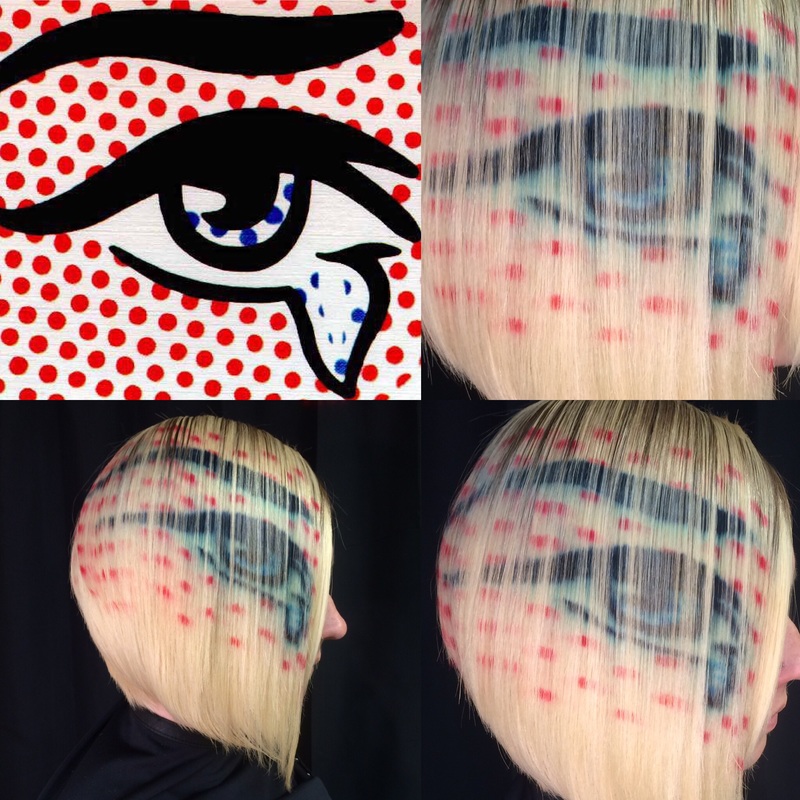
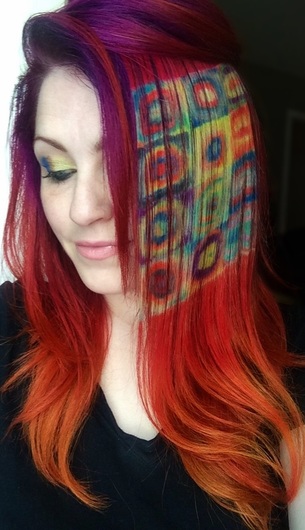
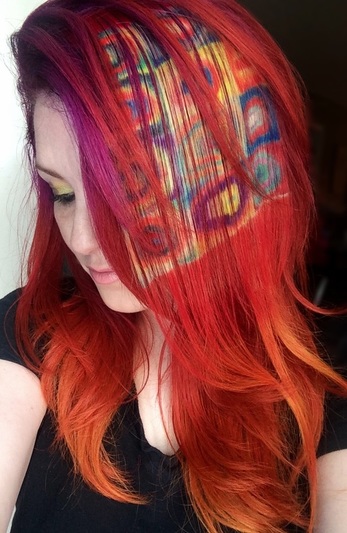
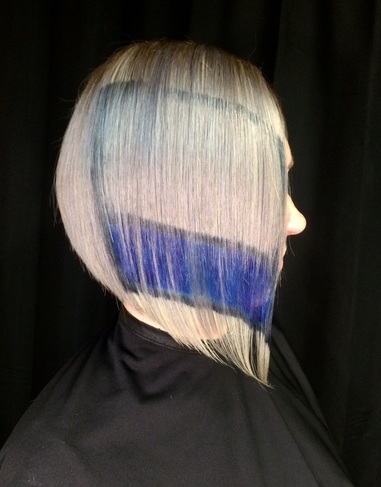
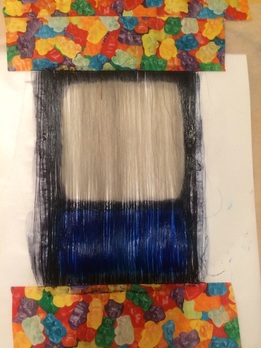
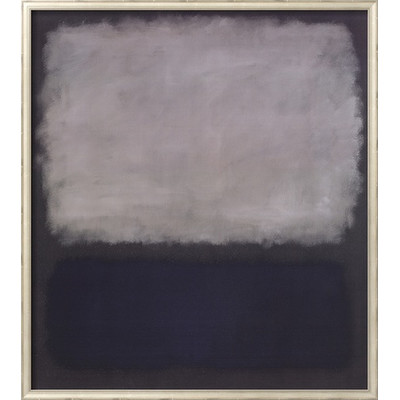
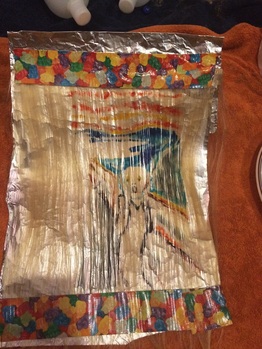
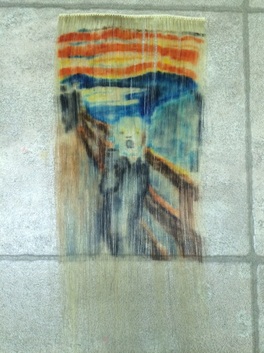
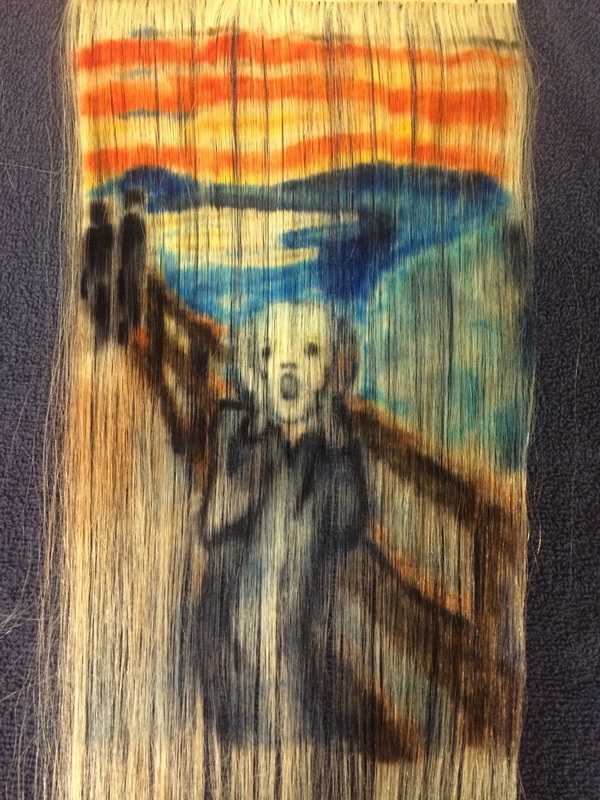
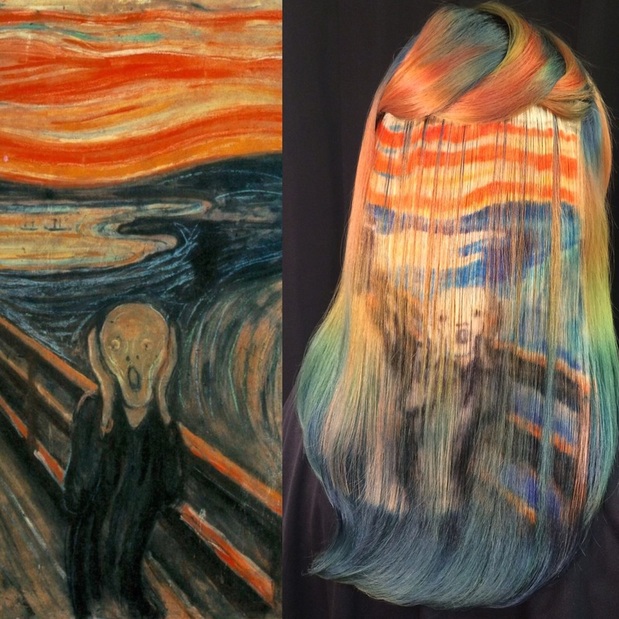
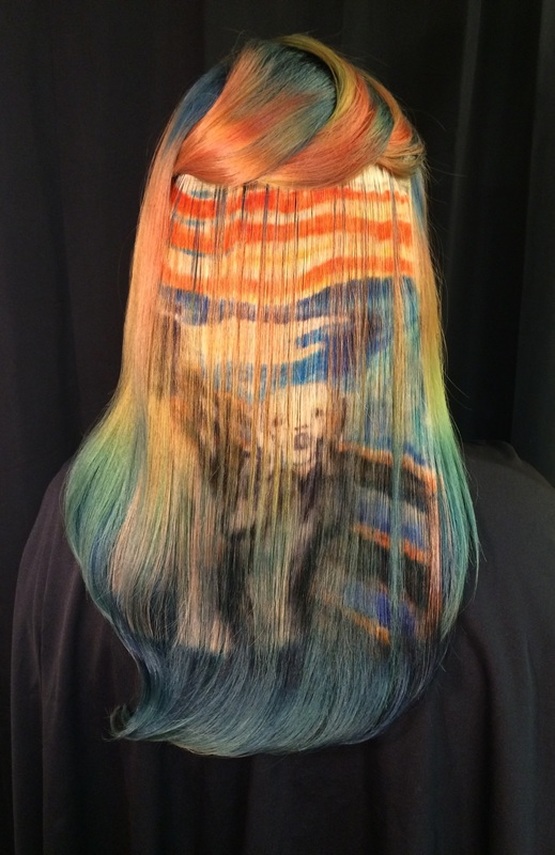
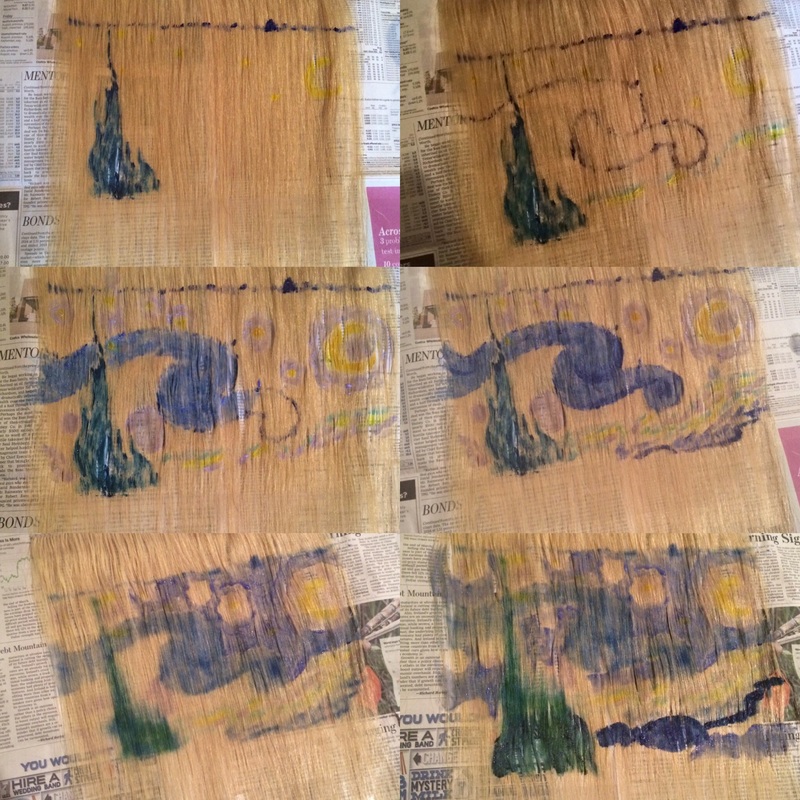
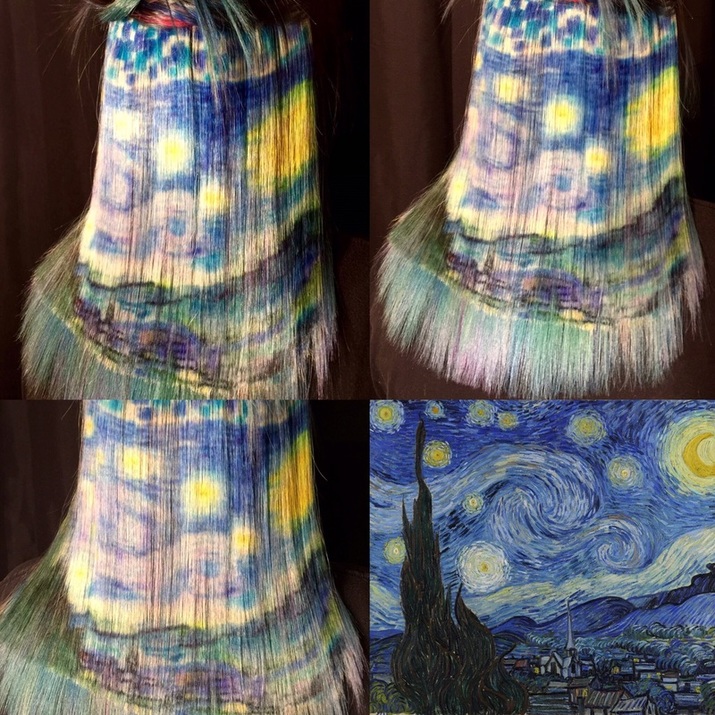
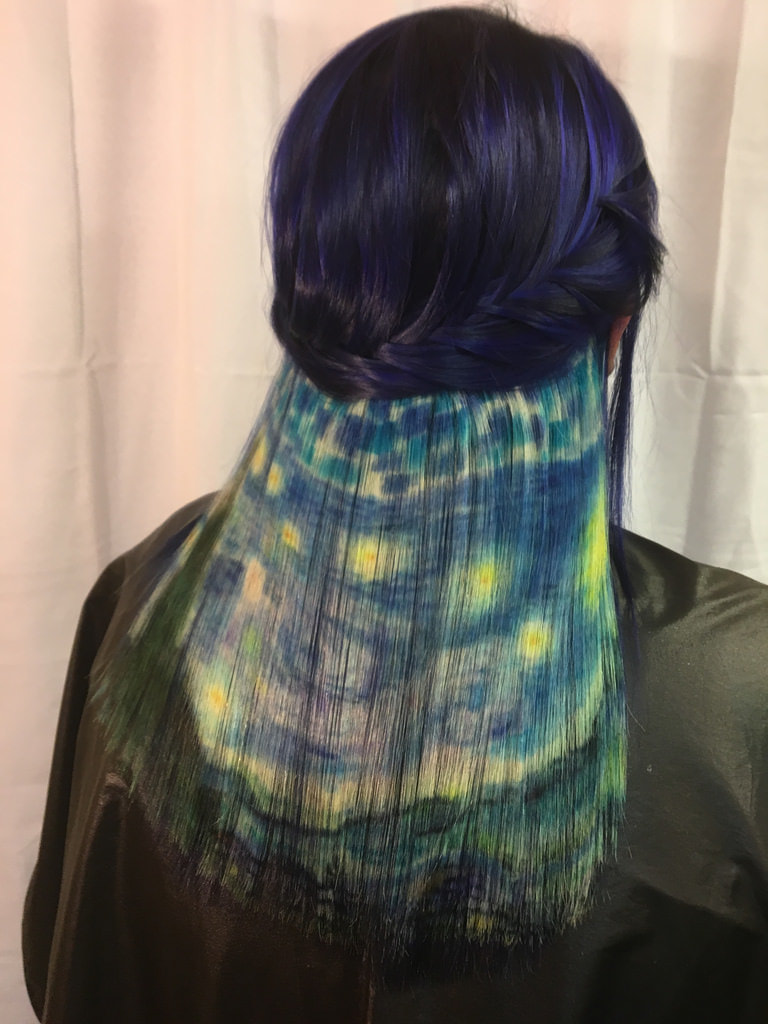
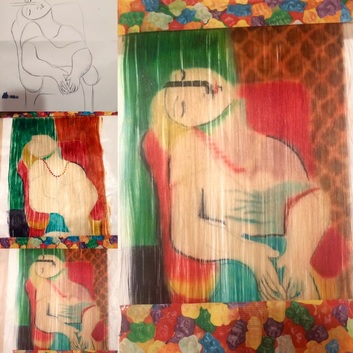
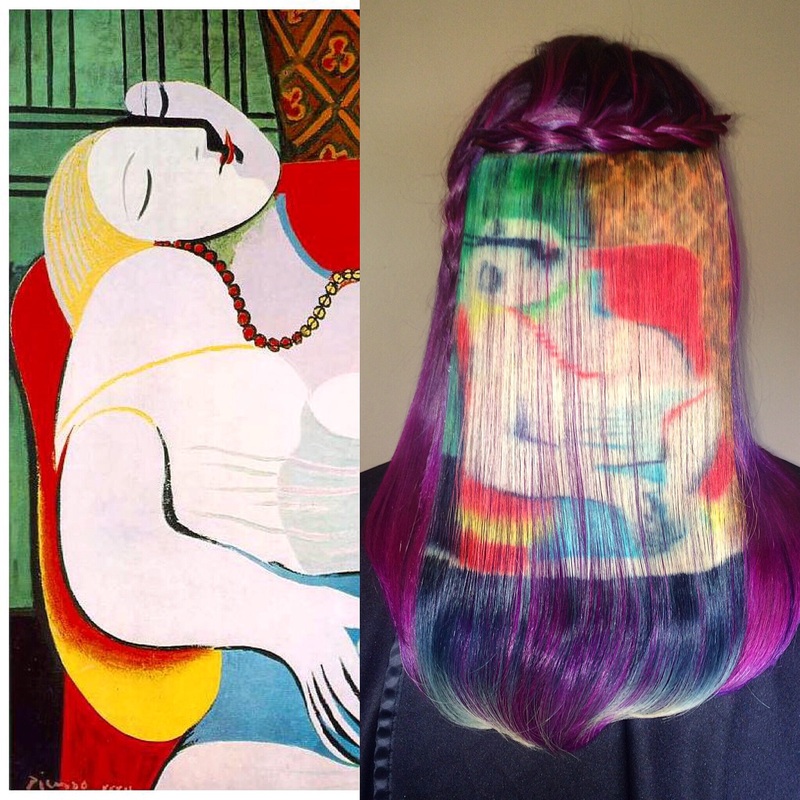
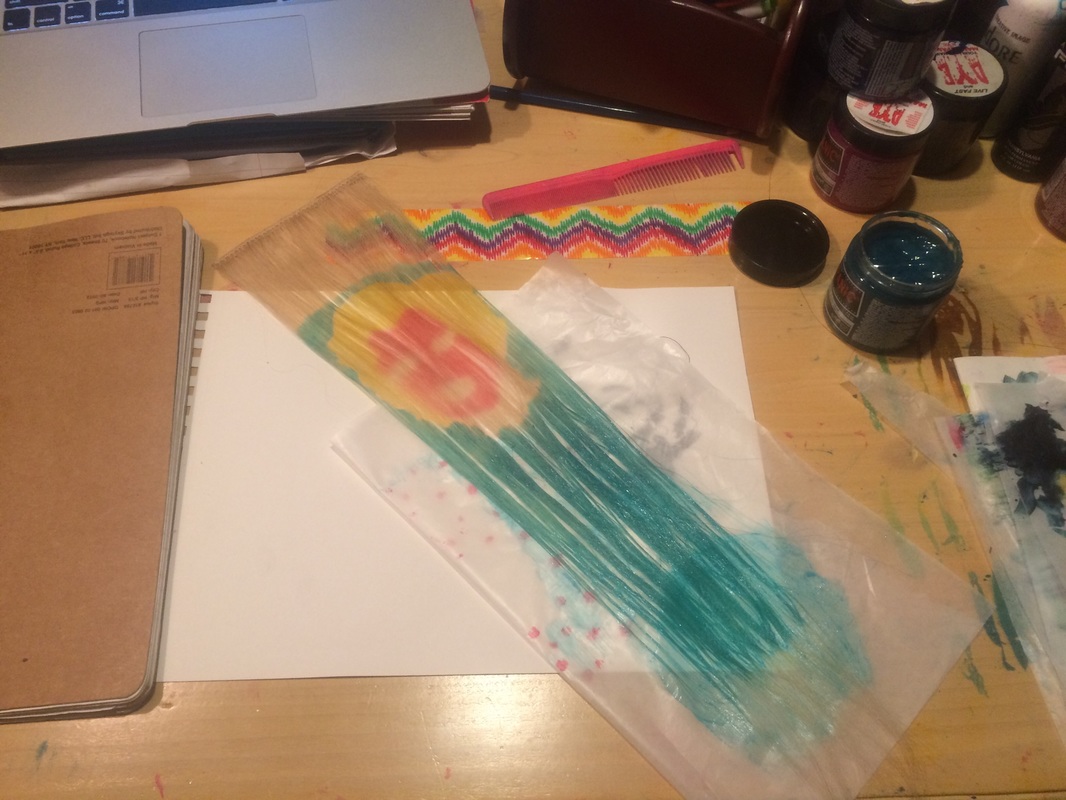
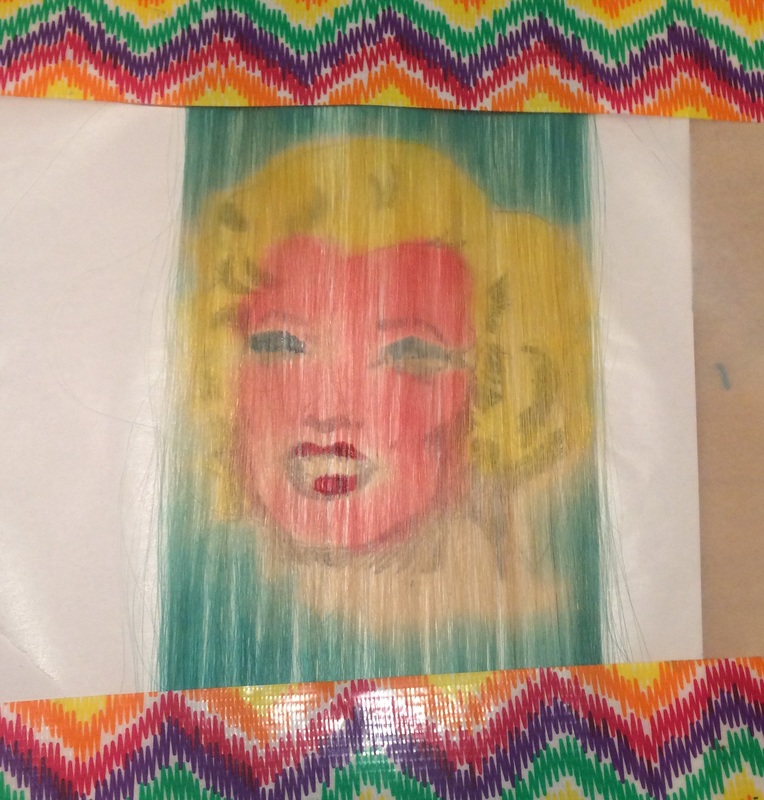
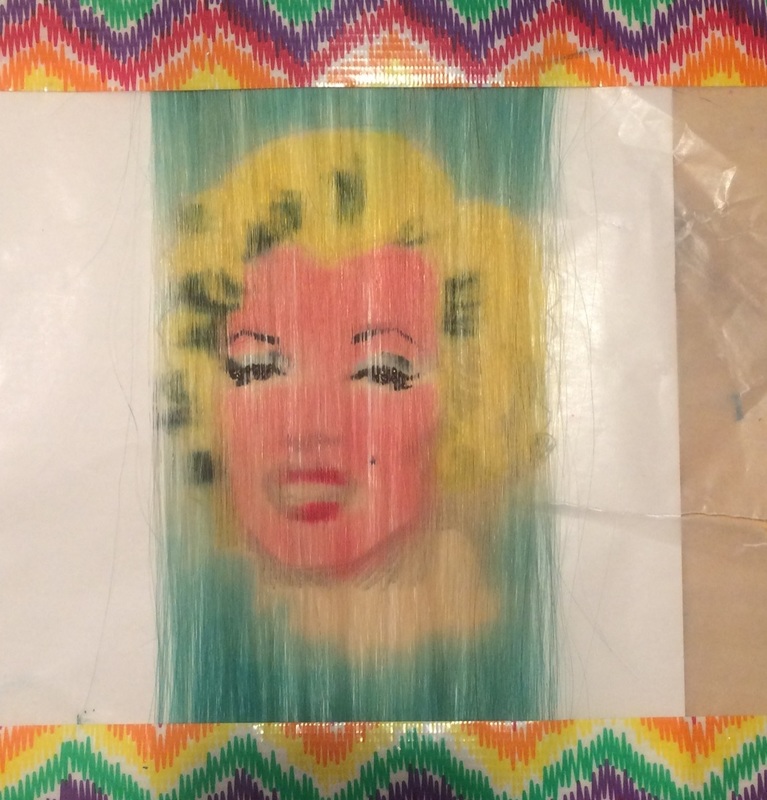
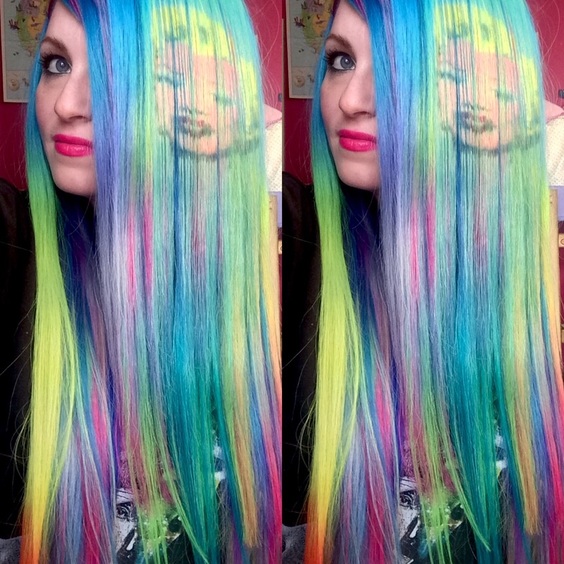
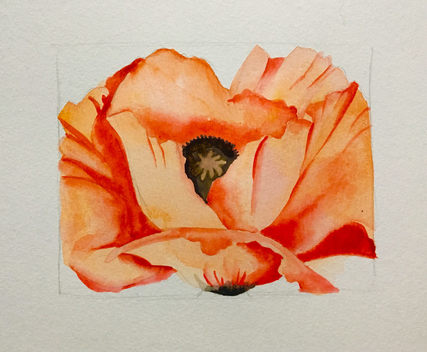
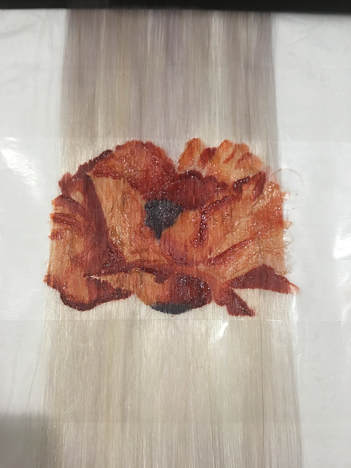
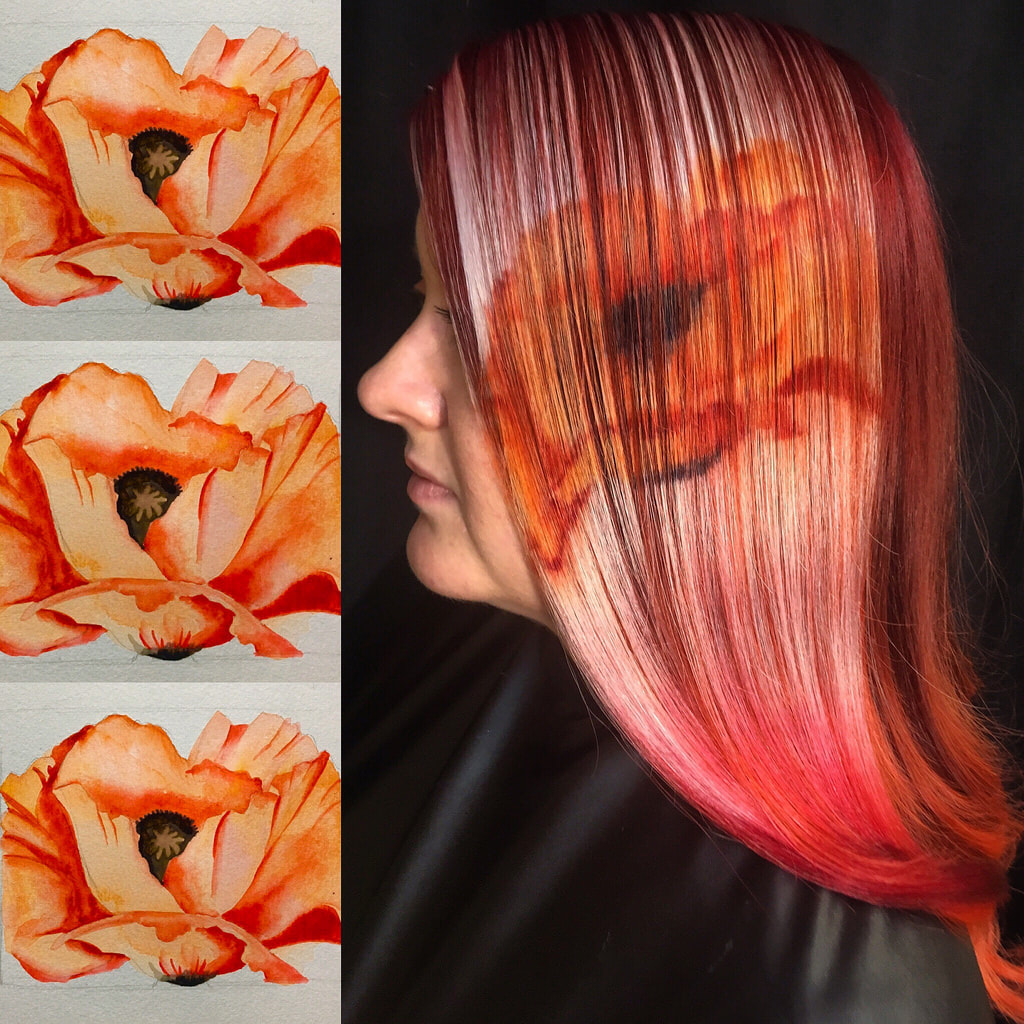
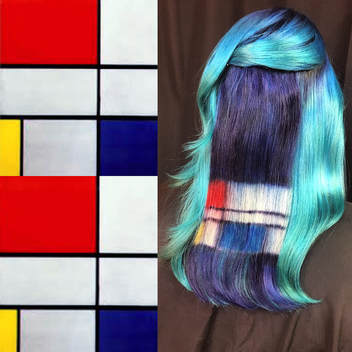
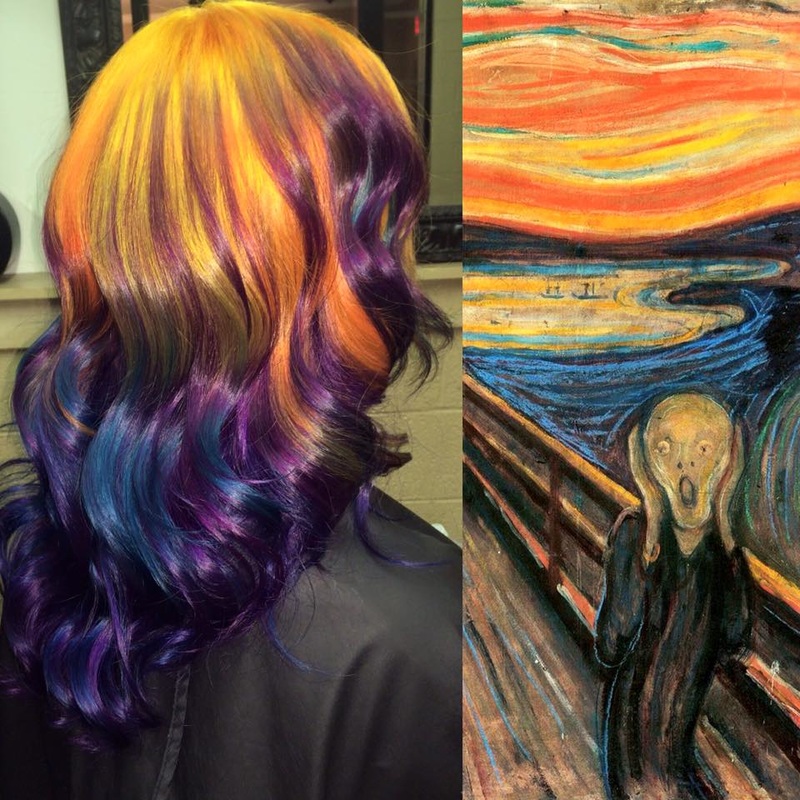
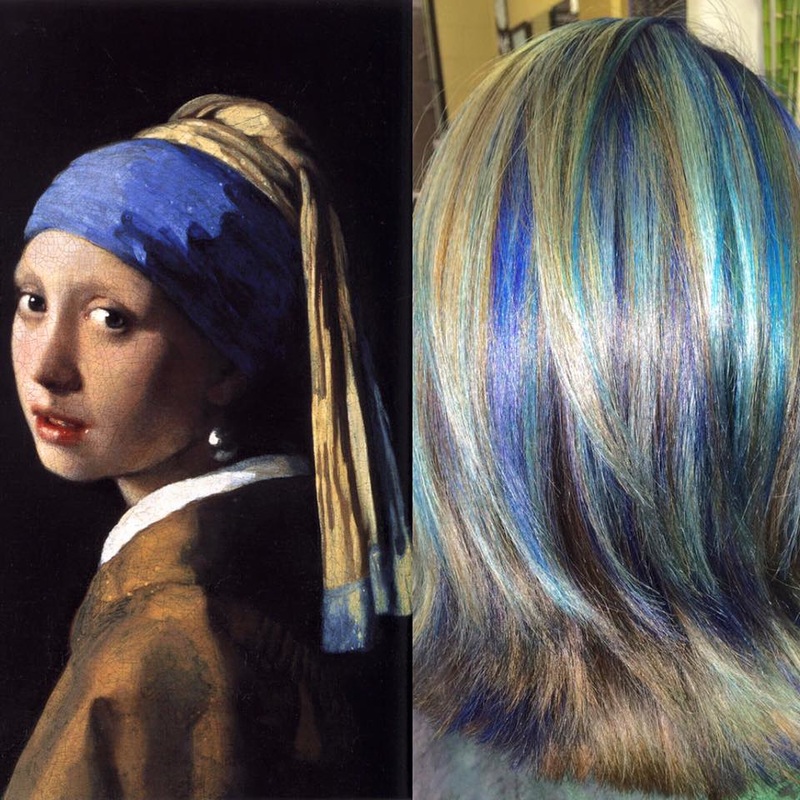
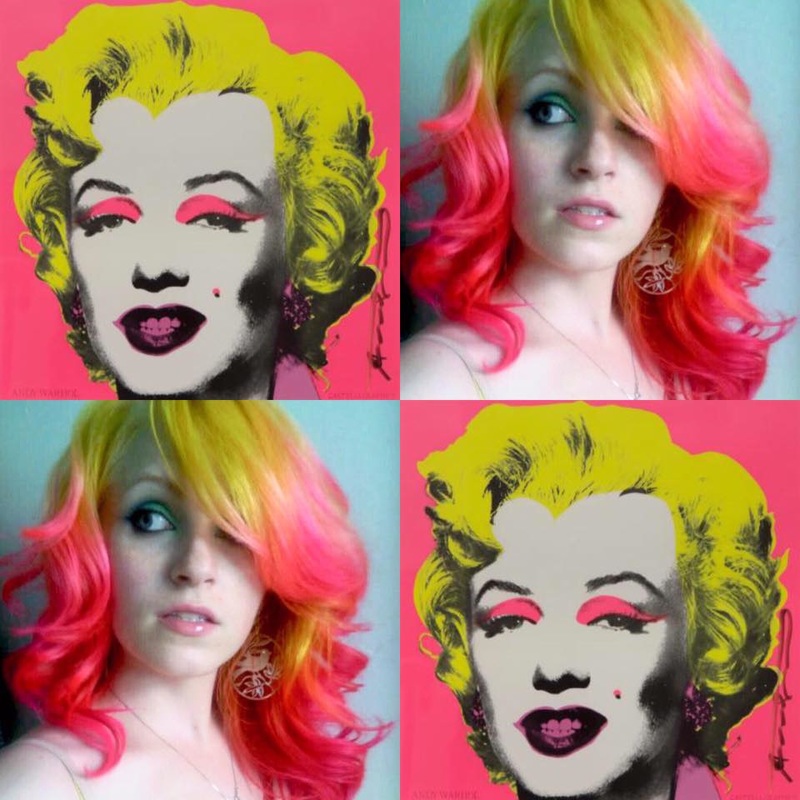
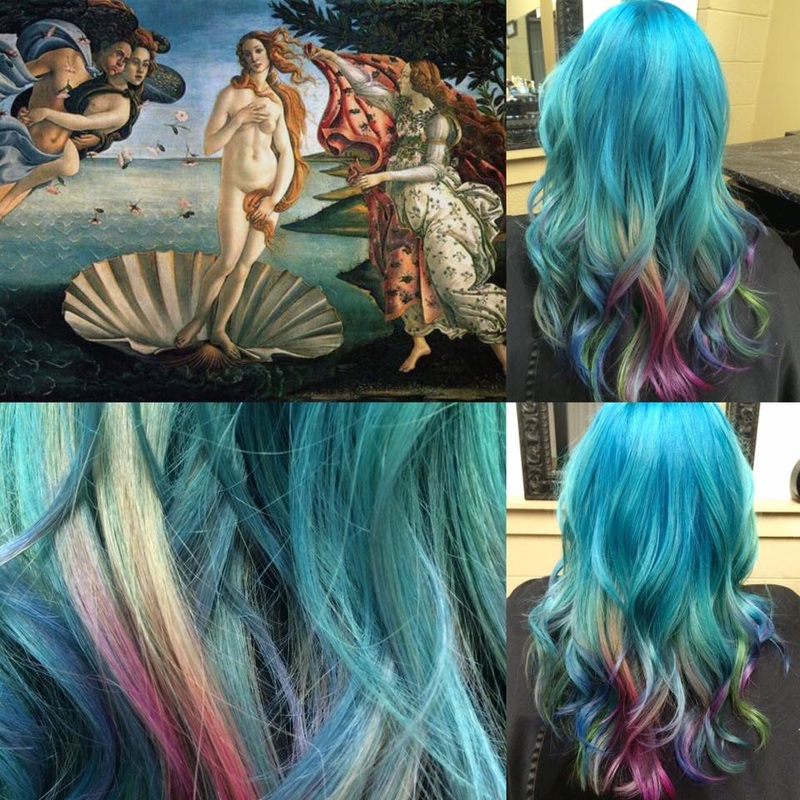
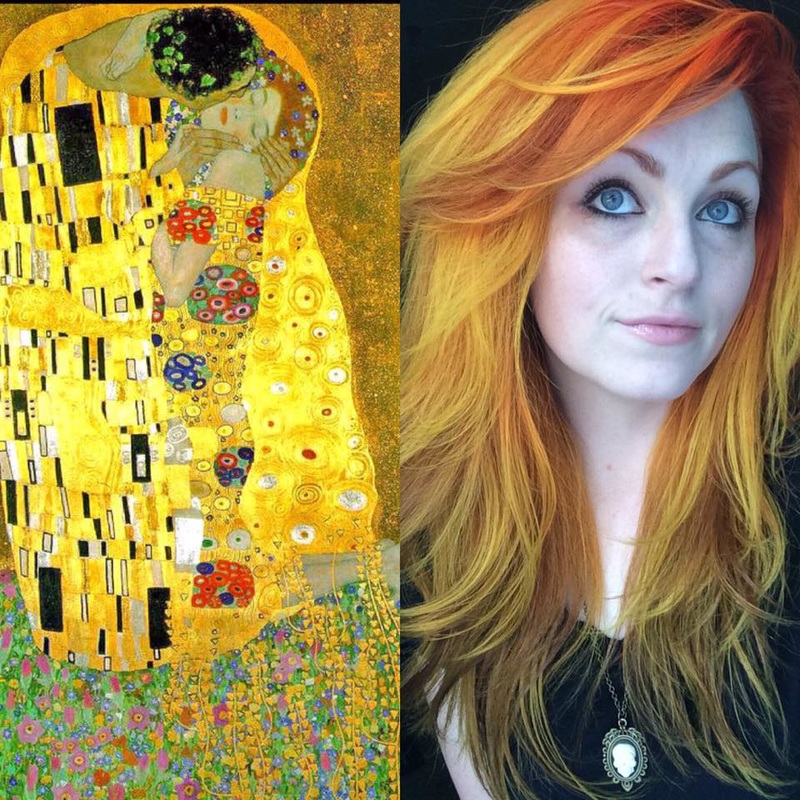
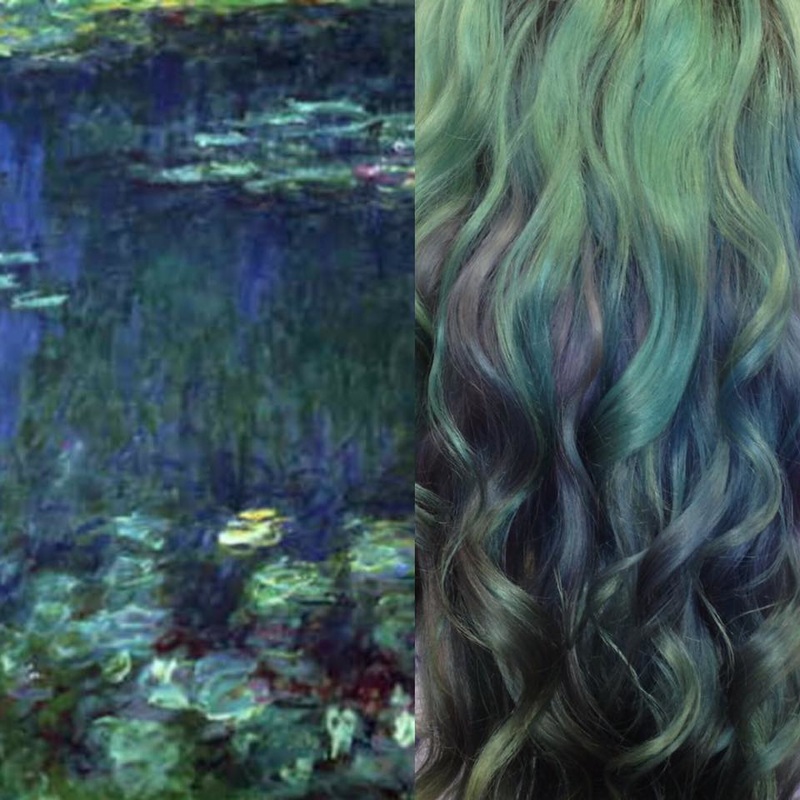
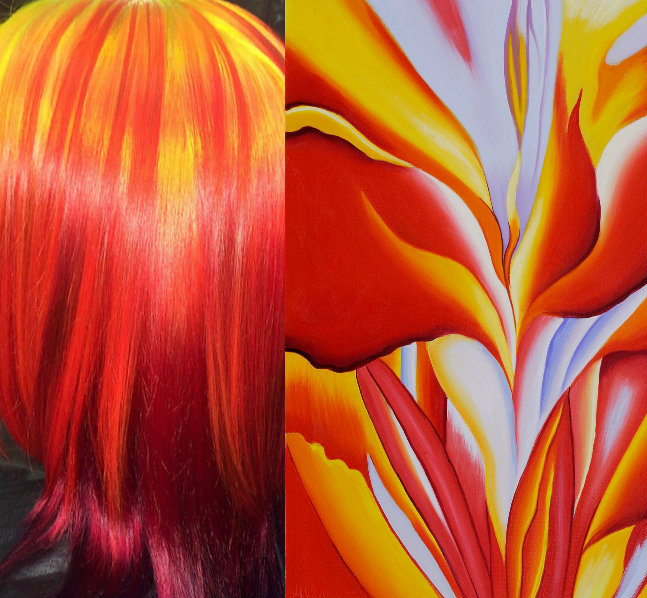
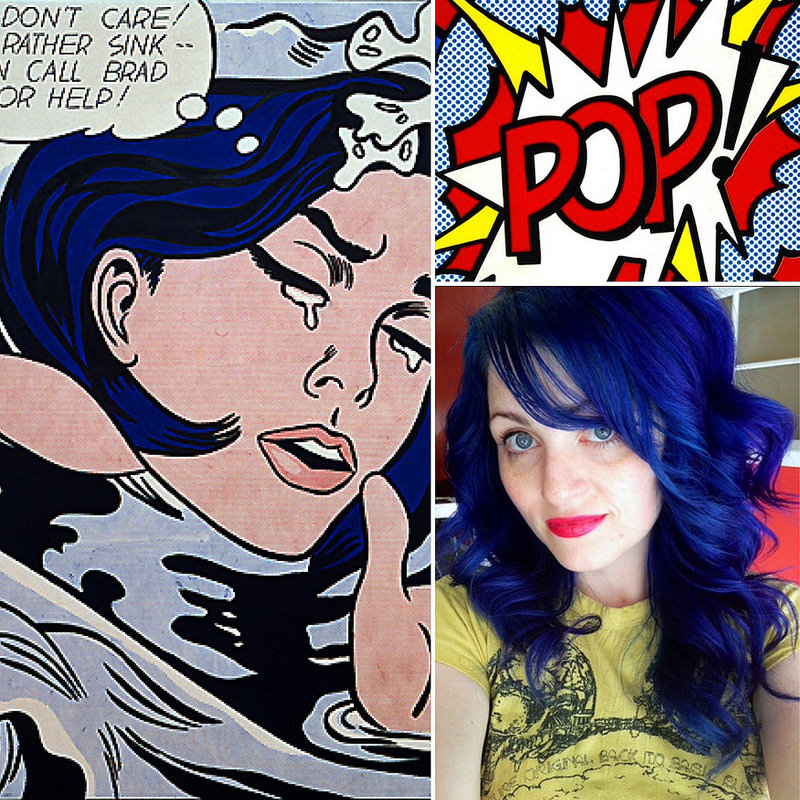
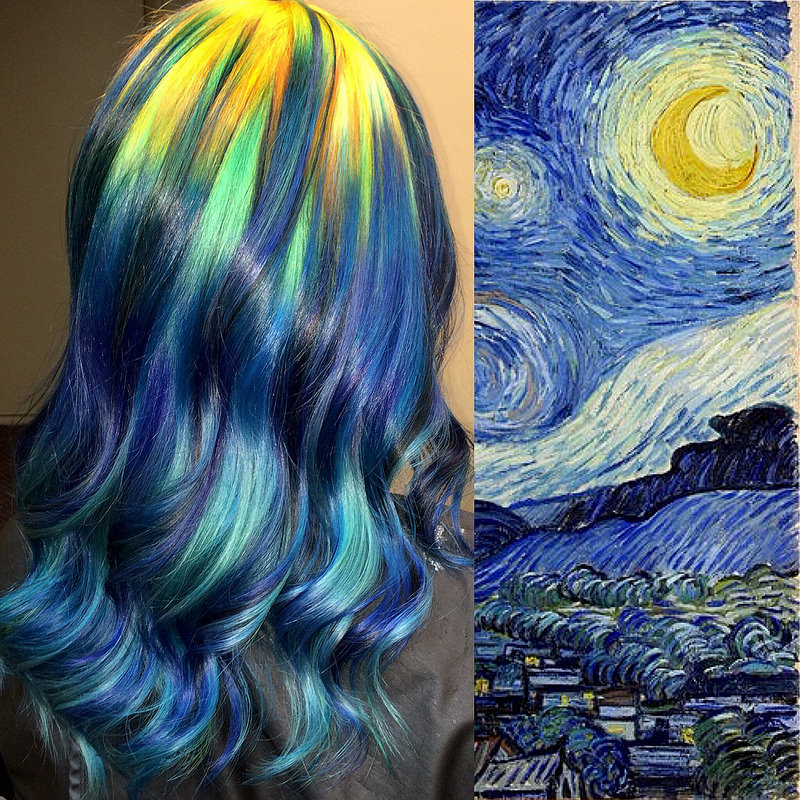
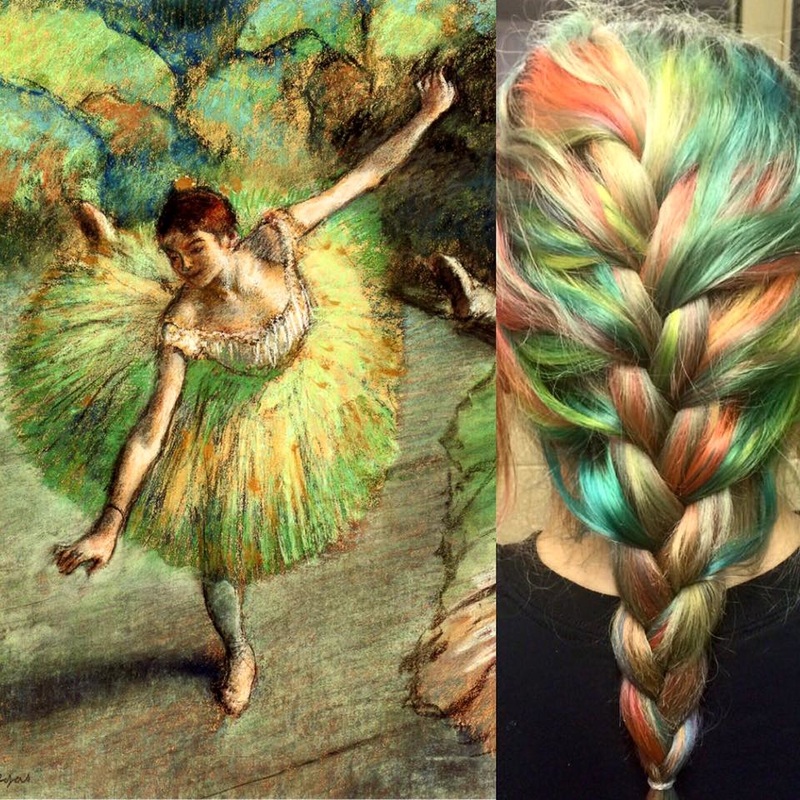
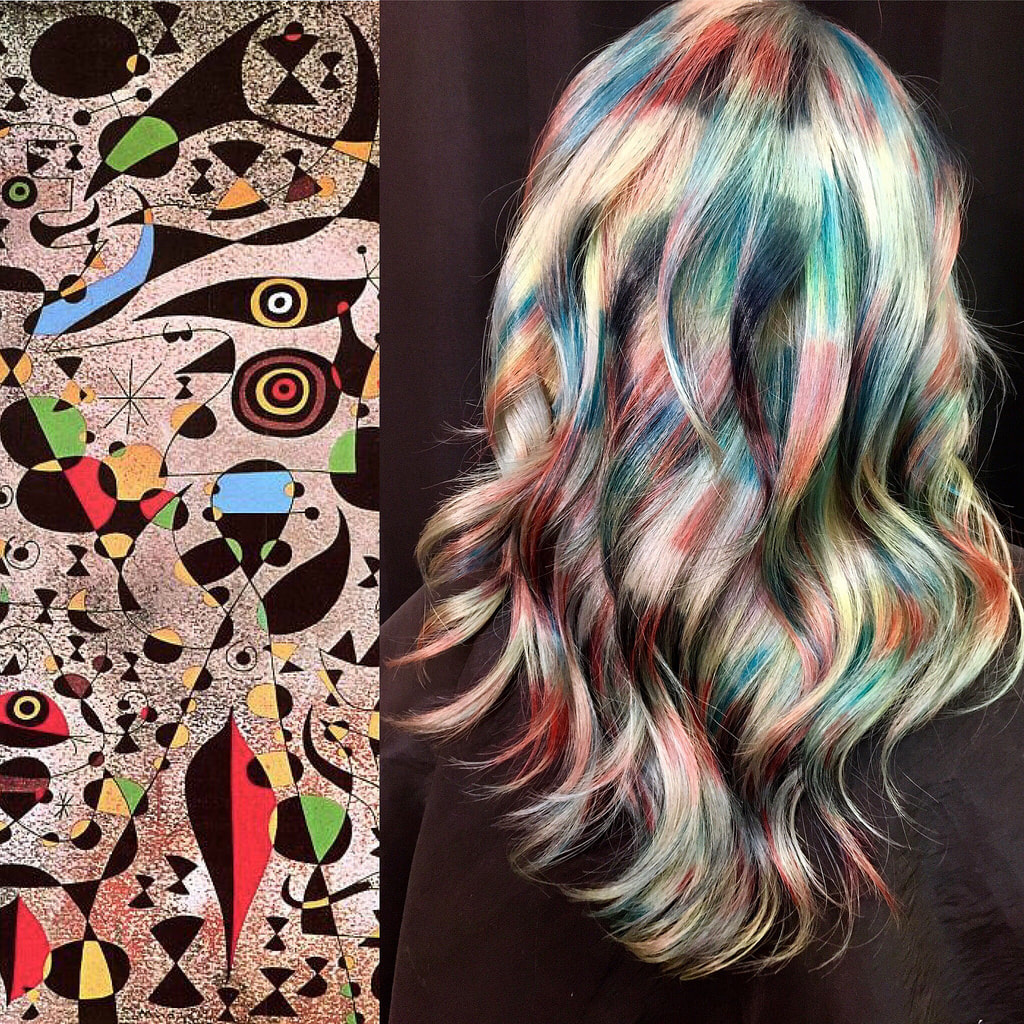
 RSS Feed
RSS Feed